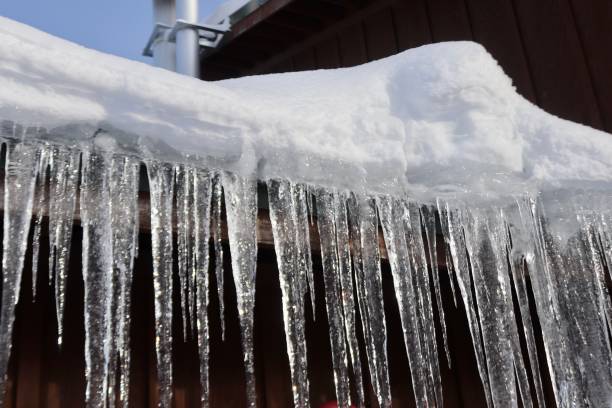Tips for Preventing Frozen Pipes in Cold Weather: Professional Advice
Tips for Preventing Frozen Pipes in Cold Weather: Professional Advice
Blog Article
They are making several great points about Preventing and dealing with frozen pipes overall in this great article just below.

Cold weather can ruin your pipes, specifically by freezing pipelines. Right here's how to prevent it from taking place and what to do if it does.
Intro
As temperatures drop, the threat of frozen pipes rises, potentially leading to pricey repair services and water damage. Recognizing how to stop frozen pipelines is vital for homeowners in cool climates.
Avoidance Tips
Insulating prone pipelines
Wrap pipelines in insulation sleeves or make use of warm tape to shield them from freezing temperatures. Concentrate on pipes in unheated or external locations of the home.
Home heating methods
Keep indoor spaces adequately heated, particularly locations with pipes. Open up closet doors to permit cozy air to circulate around pipelines under sinks.
Just how to determine icy pipelines
Try to find lowered water circulation from taps, uncommon smells or sounds from pipes, and visible frost on exposed pipelines.
Long-Term Solutions
Architectural adjustments
Take into consideration rerouting pipes away from outside wall surfaces or unheated areas. Add extra insulation to attic rooms, basements, and crawl spaces.
Updating insulation
Invest in top quality insulation for pipes, attic rooms, and walls. Proper insulation assists maintain regular temperatures and minimizes the risk of icy pipes.
Securing Exterior Pipes
Yard pipes and exterior taps
Detach and drain pipes yard hose pipes before winter months. Set up frost-proof spigots or cover outdoor taps with shielded caps.
Understanding Icy Pipes
What creates pipelines to freeze?
Pipelines ice up when revealed to temperatures below 32 ° F (0 ° C) for expanded periods. As water inside the pipes ices up, it expands, taxing the pipeline walls and potentially causing them to rupture.
Risks and problems
Icy pipelines can bring about water supply disturbances, property damage, and pricey repair work. Burst pipes can flood homes and trigger considerable structural damage.
Signs of Frozen Pipeline
Identifying icy pipelines early can stop them from rupturing.
What to Do If Your Pipelines Freeze
Immediate activities to take
If you suspect frozen pipelines, keep taps open up to alleviate pressure as the ice melts. Utilize a hairdryer or towels soaked in hot water to thaw pipes gradually.
Verdict
Stopping icy pipelines needs proactive measures and fast actions. By understanding the causes, signs, and safety nets, homeowners can protect their pipes throughout winter.
5 Ways to Prevent Frozen Pipes
Drain Outdoor Faucets and Disconnect Hoses
First, close the shut-off valve that controls the flow of water in the pipe to your outdoor faucet. Then, head outside to disconnect and drain your hose and open the outdoor faucet to allow the water to completely drain out of the line. Turn off the faucet when done. Finally, head back to the shut-off valve and drain the remaining water inside the pipe into a bucket or container. Additionally, if you have a home irrigation system, you should consider hiring an expert to clear the system of water each year.
Insulate Pipes
One of the best and most cost-effective methods for preventing frozen water pipes is to wrap your pipes with insulation. This is especially important for areas in your home that aren’t exposed to heat, such as an attic. We suggest using foam sleeves, which can typically be found at your local hardware store.
Keep Heat Running at 65
Your pipes are located inside your walls, and the temperature there is much colder than the rest of the house. To prevent your pipes from freezing, The Insurance Information Institute suggests that you keep your home heated to at least 65 degrees, even when traveling. You may want to invest in smart devices that can keep an eye on the temperature in your home while you’re away.
Leave Water Dripping
Moving water — even a small trickle — can prevent ice from forming inside your pipes. When freezing temps are imminent, start a drip of water from all faucets that serve exposed pipes. Leaving a few faucets running will also help relieve pressure inside the pipes and help prevent a rupture if the water inside freezes.
Open Cupboard Doors
Warm your kitchen and bathroom pipes by opening cupboards and vanities. You should also leave your interior doors ajar to help warm air circulate evenly throughout your home.

As a fervent reader about How to prepare your home plumbing for winter weather, I was thinking sharing that piece of content was a smart idea. Please take the time to distribute this write-up if you enjoyed it. Thank you for taking the time to read it.
This Page Report this page